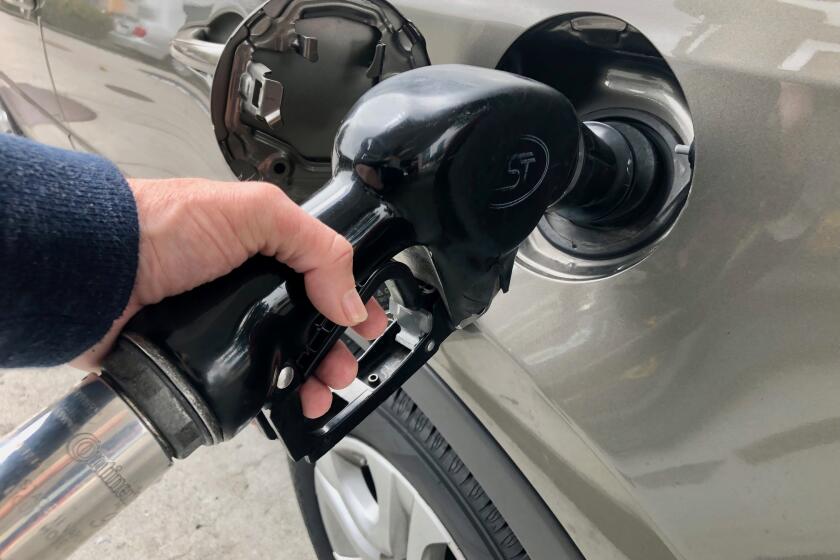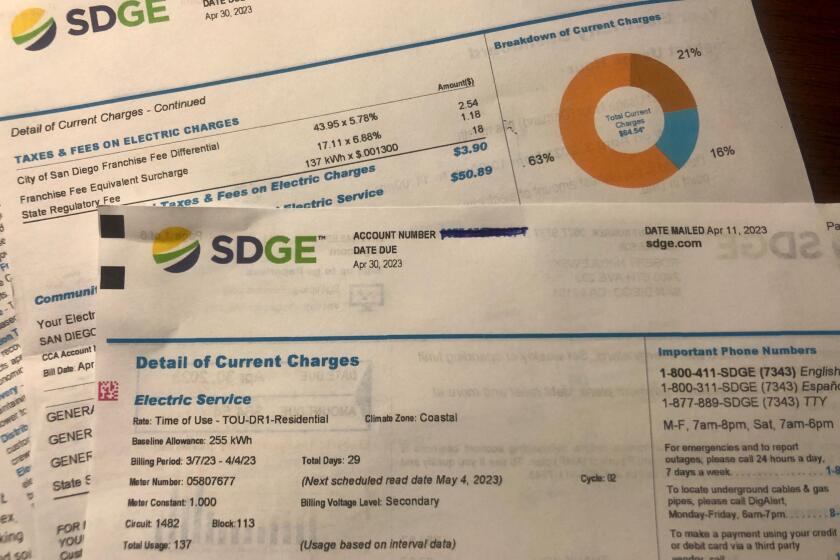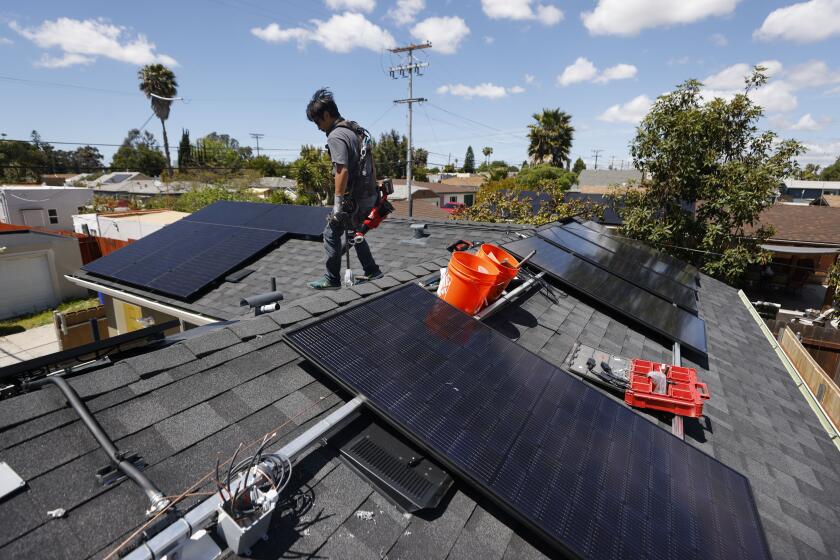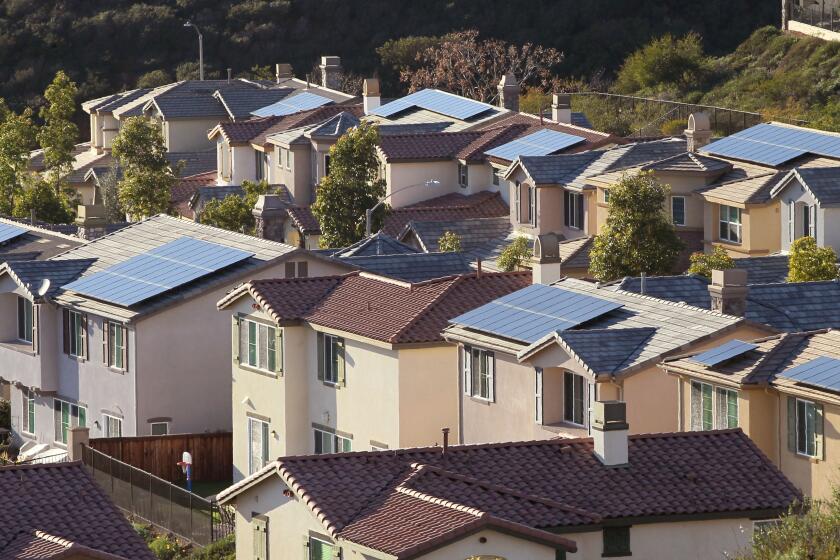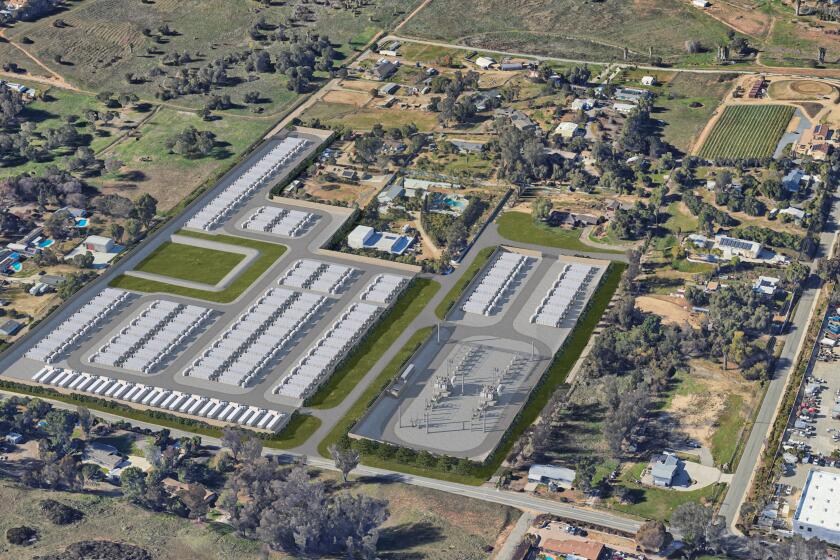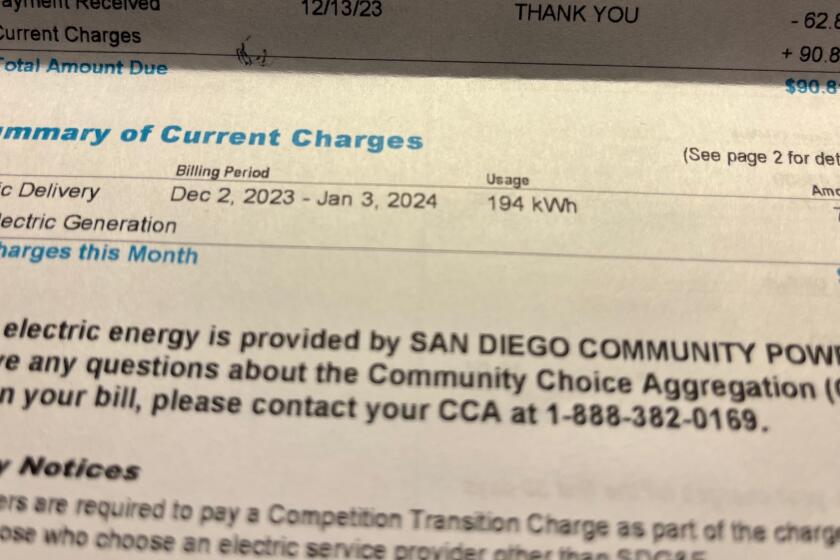California’s grid manager warns of rolling blackouts tonight

Electricity demand expected to reach an all-time record of more than 50,000 megawatts.
With California still sweltering under a stubborn heat wave, the system operator that manages the electric grid for about 80 percent of the state issued a stage 3 Energy Emergency Alert — just one step short of ordering rotating power outages — at 5:17 p.m. Tuesday.
Moments later, the California Governor’s Office of Emergency Services sent alerts via cellphone to millions of residents saying, “Power interruptions may occur unless you take action. Turn off or reduce nonessential power if health allows, now until 9 p.m.”
Under an EEA 3, if the California Independent System Operator is unable to meet minimum requirements for contingency reserves then the grid manager would instruct power companies to “shed load” — that is, cut off power to selected areas until sufficient megawattage can restore proper reserve margins.
“If outages are initiated, consumers can expect to receive notifications from power providers on areas affected and time duration,” the California Independent System Operator said in a news release.
Temperatures Tuesday in the San Diego area remained elevated and extreme heat continued to broil large portions of the state. Weather forecasters in Sacramento, for example, anticipated highs reaching 115 degrees, which would be an all-time record for the state capital for September.
Cal ISO officials predicted electricity demand — primarily from homeowners and businesses cranking up their air conditioners — to reach 52,081 megawatts Tuesday. That would break the state’s all-time record of 50,270 megawatts, set on July 24, 2006.
An EEA 2 was declared on Labor Day but conservation measures from commercial energy users and everyday utility customers helped stretch sparse energy supplies to keep the lights on.
“But tonight, we’re going to have to dig even deeper,” ISO president Elliot Mainzer said in an online message Tuesday, “and I’d like to remind each and every Californian that every bit of electricity that consumers and businesses can avoid using between 4 and 9 p.m. can help make the difference between uninterrupted power service and the rotating outages that every Californian wants to avoid.”
Tuesday marked the seventh straight day the ISO had issued a Flex Alert, which calls on customers to voluntarily reduce energy usage.
The Flex Alert is in effect from 4 p.m. to 10 p.m. Tuesday, with grid officials asking customers during those hours to:
- set thermostat to 78 degrees or higher, if health permits
- avoid charging electric vehicles
- avoid using major appliances, and
- turn off all unnecessary lights.
The last time California experienced rotating outages was Aug. 14 and 15 of 2020 when parts of the state lost power for up to 2 1/2 hours. That marked the first time since the California energy crisis of 2000 and 2001 the ISO issued a Stage 3 Energy Emergency Alert.
The San Diego County Water Authority is pitching in to help relieve stress on the grid.
Water officials have fired up the Lake Hodges Pumped Storage Facilities to generate 20 megawatts of on-demand power, which is enough electricity for about 15,000 households.
In addition, the Water Authority and its partner at the Claude “Bud” Lewis Carlsbad Desalination Plant in Carlsbad have reduced water production at the facility since Sunday to help support emergency energy conservation measures during the heat wave. Production has been curbed by 20 percent since Sunday, freeing up about 9 megawatts from the power system.
The plant accounts for less than 1 percent of peak energy demand in San Diego Gas & Electric’s service territory but grid managers are happy to take whatever number of megawatts they can find.
“We’re proud to do whatever we can to help our region address the current energy shortage,” said Sachin Chawla, president of Poseidon Resources (Channelside), the Water Authority’s partner at the Carlsbad Desalination Plant.
Updates
5:54 p.m. Sept. 6, 2022: This story has been updated to say that the California ISO declared an Energy Emergency Alert 3.
5:19 p.m. Sept. 6, 2022: This story has been updated to include a quote from California ISO president Elliot Mainzer.
Get U-T Business in your inbox on Mondays
Get ready for your week with the week’s top business stories from San Diego and California, in your inbox Monday mornings.
You may occasionally receive promotional content from the San Diego Union-Tribune.

